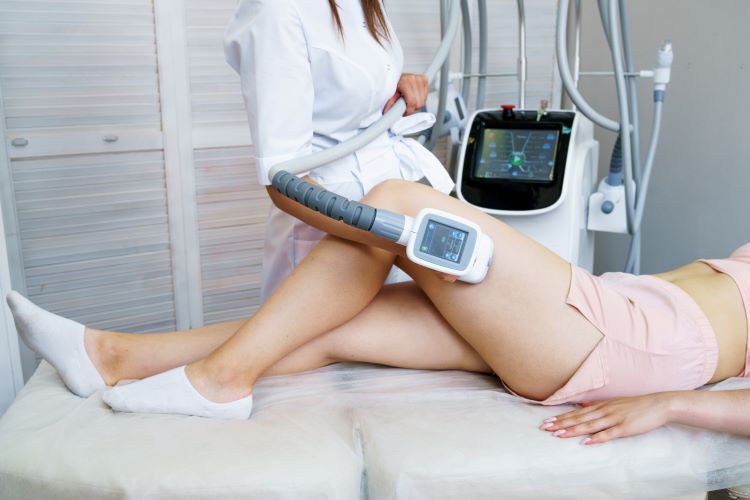Understanding Liposuction: Procedure, Benefits, and Considerations
Liposuction is a popular cosmetic surgical procedure designed to remove excess fat deposits from specific areas of the body. This technique, also known as lipoplasty or body contouring, aims to reshape and improve the body's appearance by targeting stubborn fat that doesn't respond well to diet and exercise. While liposuction can provide significant aesthetic improvements, it's essential to understand the procedure, its benefits, and potential risks before considering it as an option.

What areas of the body can be treated with liposuction?
Liposuction can be performed on numerous areas of the body where excess fat tends to accumulate. Common treatment areas include:
-
Abdomen and waistline
-
Hips and thighs
-
Buttocks
-
Arms
-
Back and chest
-
Neck and chin
It’s important to note that liposuction is not a weight-loss solution but rather a body contouring procedure. The best candidates are those who are close to their ideal weight but struggle with stubborn fat deposits in specific areas.
What are the potential benefits and risks of liposuction?
Liposuction offers several potential benefits for those seeking to improve their body contours. These include:
-
Improved body shape and proportions
-
Enhanced self-confidence and body image
-
Removal of stubborn fat resistant to diet and exercise
-
Long-lasting results when combined with a healthy lifestyle
However, like any surgical procedure, liposuction carries certain risks that should be carefully considered:
-
Infection
-
Bleeding and bruising
-
Uneven contours or asymmetry
-
Fluid accumulation
-
Numbness or changes in skin sensation
-
Adverse reaction to anesthesia
It’s crucial to discuss these potential risks and benefits with a board-certified plastic surgeon before deciding to undergo liposuction.
How is liposuction performed, and what is the recovery process like?
Liposuction is typically performed as an outpatient procedure under local or general anesthesia, depending on the extent of the treatment area. The surgery usually takes between one to three hours, but this can vary based on the number of areas being treated and the amount of fat being removed.
After the procedure, patients are often required to wear compression garments to help reduce swelling and support the newly contoured areas. The recovery process varies from person to person, but most individuals can return to work within a few days to a week. However, strenuous activities and exercise should be avoided for several weeks.
Swelling and bruising are common after liposuction and may take several weeks to subside. Final results are typically visible after three to six months as the body adjusts to its new contours.
What role do clinical trials and medical research play in liposuction advancements?
Clinical trials and ongoing medical research play a crucial role in advancing liposuction techniques and improving patient outcomes. These studies focus on various aspects of the procedure, including:
-
Development of new technologies and equipment
-
Refinement of existing techniques
-
Evaluation of safety and efficacy
-
Assessment of long-term results
Recent clinical trials have explored innovative approaches such as energy-assisted liposuction methods, which use laser, ultrasound, or radiofrequency energy to liquefy fat before removal. These advancements aim to enhance precision, reduce trauma to surrounding tissues, and improve overall results.
Medical research also contributes to a better understanding of fat metabolism and body contouring, leading to more personalized treatment approaches. By participating in clinical trials, patients can potentially benefit from cutting-edge techniques while contributing to the advancement of cosmetic surgery.
How much does liposuction cost, and what factors influence pricing?
The cost of liposuction can vary significantly based on several factors:
-
Geographic location
-
Surgeon’s experience and reputation
-
Number of areas treated
-
Amount of fat removed
-
Type of liposuction technique used
-
Facility fees and anesthesia costs
To provide a general idea of liposuction costs, here’s a comparison of average prices for different treatment areas:
| Treatment Area | Average Cost Range |
|---|---|
| Abdomen | $3,000 - $8,000 |
| Thighs | $2,500 - $6,000 |
| Arms | $2,000 - $5,500 |
| Chin/Neck | $2,000 - $4,500 |
| Back | $2,500 - $6,500 |
Prices, rates, or cost estimates mentioned in this article are based on the latest available information but may change over time. Independent research is advised before making financial decisions.
It’s important to note that liposuction is typically considered a cosmetic procedure and is not covered by health insurance. Many plastic surgery practices offer financing options to help make the procedure more accessible to patients.
Liposuction remains a popular and effective option for individuals seeking to refine their body contours and address stubborn fat deposits. While the procedure can provide significant aesthetic improvements, it’s crucial to approach it with realistic expectations and a commitment to maintaining a healthy lifestyle. By understanding the procedure, its benefits, and potential risks, individuals can make informed decisions about whether liposuction is the right choice for their body contouring goals.
This article is for informational purposes only and should not be considered medical advice. Please consult a qualified healthcare professional for personalized guidance and treatment.






